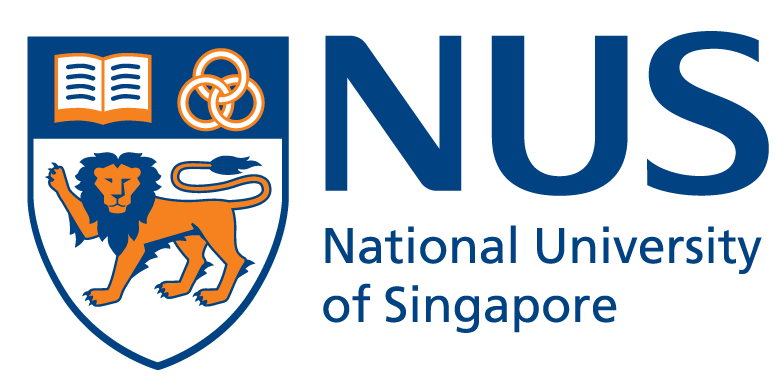Diet and nutrition play crucial role in protection against exertional heat stroke
Published: 15 Jun 2022

Photo Credits: torwai (123RF)
Heat stroke is the most severe heat-related illness which can cause organ failure. The risk of heat stroke in Singapore is particularly high, especially in the hotter months of May and June. The combination of physical activity/exercise and heat stress can cause substantial sweat loss, which, if not adequately replenished through fluid consumption, can lead to a decrease in blood flow to vital organs (e.g., liver, kidney, muscles), exacerbating hyperthermia (high body temperatures) and the risk of EHS.
Majority of EHS sufferers consists of people who routinely perform strenuous activities outdoors in high-heat stress conditions for sports or occupational work, such as athletes, military servicemen and women, and occupational laborers.
This review of commonly used nutritional supplements and dietary strategies seeks to shed light on their potential protective effect against EHS, while raising awareness on those that may amplify EHS risk.
This invited review paper was published in Experimental Physiology, a publication of The Physiology Society in April 2022.
Led by Assoc Prof Jason Lee and Dr Beverly Tan from the Human Potential Translational Research Programme at the NUS Yong Loo Lin School of Medicine, the team, consisting of collaborators from the United States and United Kingdom, reviewed a select list of common nutritional strategies that sportspersons, occupational labourers and other physically active populations are familiar with.
In addition to adequate carbohydrate ingestion and age-old advice of proper hydration, supplementation with glutamine and bovine colostrum may also help mitigate the risk of EHS. The over consumption of certain ergogenic aids such as caffeinated products, menthol mouth rinsing and dietary nitrates (beetroot juice), was also cautioned against. While these various nutritional and dietary strategies have shown beneficial effects on exercise performance and health and are widely used by athletes and generally active individuals, they may also facilitate the development of EHS if administered improperly or indiscriminately, so individuals need to be cognisant of this.
As an ubiquitous component in both Asian and Western diets, carbohydrates is a staple food, especially in many Asian cuisines. They are known to protect the permeability of intestines, reduce skeletal muscle injury, inflammation and fatigue. However, eating large amounts of carbohydrates through energy bars, gels or beverages can cause vomiting and diarrhoea, leading to a loss of body fluids and heighted risk of EHS if the fluids are not adequately replaced.
Those who routinely do strenuous activities outdoors in a high-heat stress condition will experience low energy availability, as the heavy demands of their tasks create an energy deficit. With prolonged energy and nutrient deficits, immunity levels are lowered with more susceptibility to viral illnesses and infections.
Though further investigation is needed to understand the mechanism of why viral illness or infection increases EHS susceptibility, it is possible that the viral illness or infection leads to exaggerated hyperthermic response to exertional heat stress or blunts the cellular thermotolerance to heat injury which triggers EHS.
We are often encouraged to “drink up” after exercising to replenish sweat losses and prevent dehydration. However, there is a misconception that consuming more water can significantly cool the body faster, causing unsuspecting individuals to over-hydrate which puts them at risk for exercise-associated hyponatraemia – another potentially life-threatening condition where sodium levels become dangerously low with the rise in the body’s water level. This could result in brain swelling, leading to coma or death, in severe cases.
Ergogenic aids are typically consumed to provide that extra kick. Such products generally help enhance performance by reducing the perception of effort, fatigue and pain, thereby enhancing performance. However, these seemingly positive effects may also increase the risk of EHS by causing a dissociation between perceived and actual physiological state.
Supplements containing glutamine and bovine colostrum are also commonly available in the marketplace. When consumed either over seven days or a single dose two hours before exertional heat stress set in, glutamine enhances the production of intracellular heat shock proteins, but it does not apply to all individuals. Adjusting the quantity of glutamine intake lower or higher does not seem to result in added benefits.
Bovine colostrum has been observed to have a positive effect on intestinal permeability when high-intensity running is done under mild heat strain for 20 minutes, there was no change in added benefits beyond this amount. Other listed supplements such as amino acid, arginine, probiotics and antioxidant supplement have recorded benefits of their own when consumed, but further research needs to be done to determine if they can be recommended as a strategy to prevent EHS.
News Coverage

